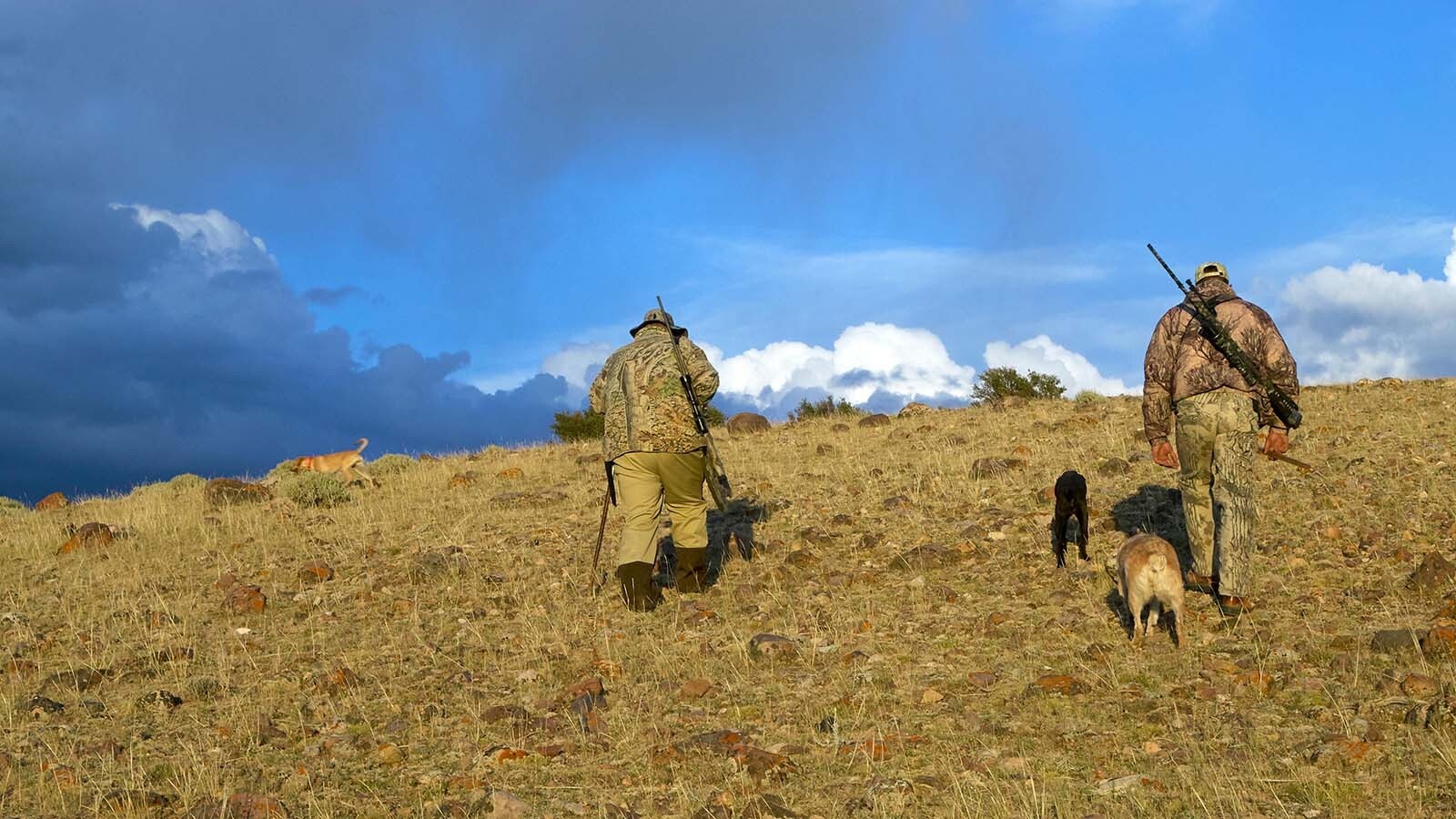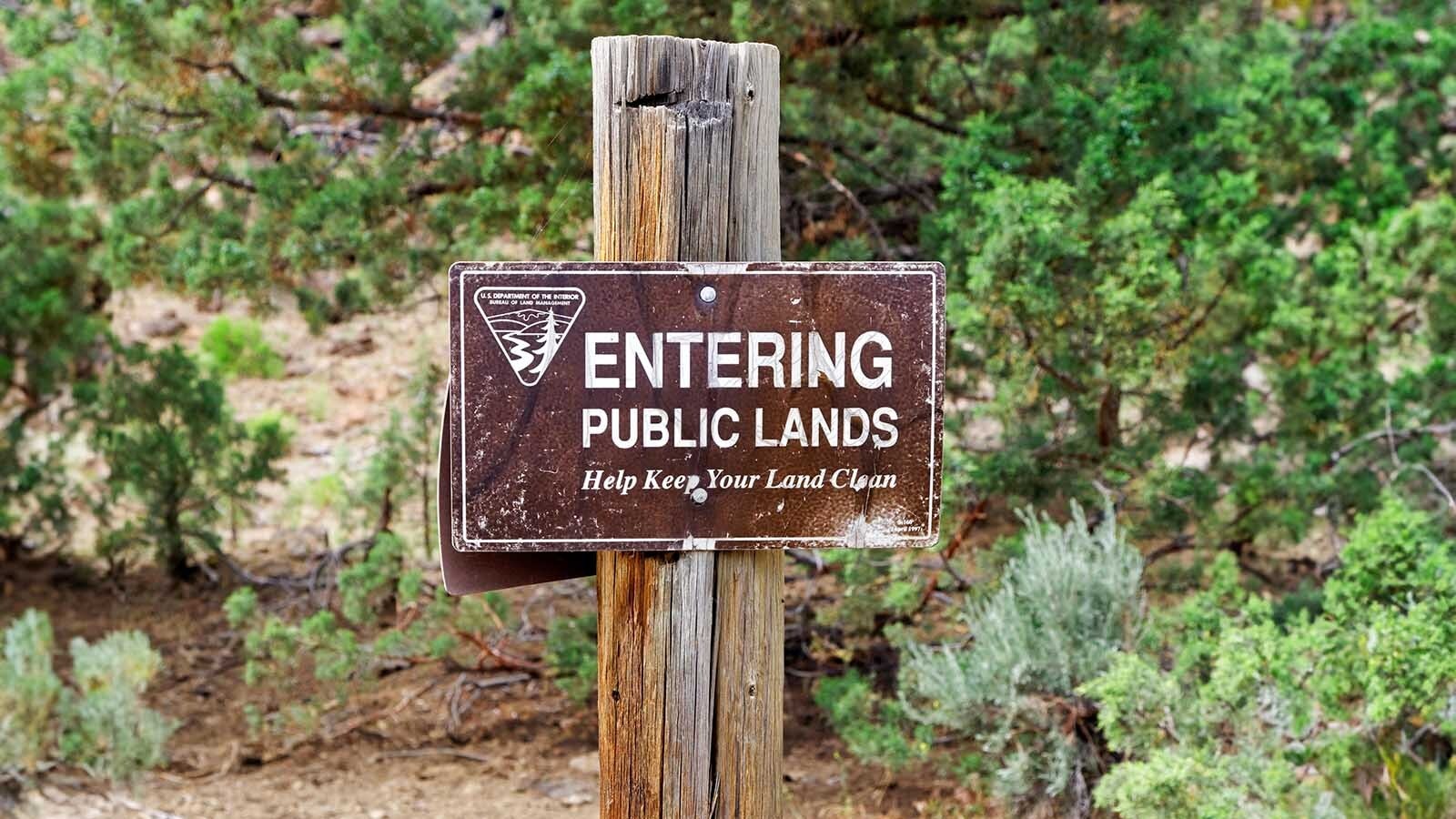Getting first crack at an elk tag in Wyoming could soon cost nonresidents more than $1,200.
Although a similar measure failed in January, many nonresident hunting tags could see significant price hikes, after the Wyoming Senate on Monday passed a bill calling for them.
House Bill 200 calls for price hikes on 40% of nonresident draw tags for Wyoming’s three main big game species – elk, deer and antelope (pronghorn).
It also includes hikes for what nonresidents would have to pay to hunt the state’s “Big 5” premier trophy game species – Rocky Mountain bighorn sheep, Rocky Mountain goats, moose, bison and – if they’re delisted – grizzly bears.
The Senate passed HB 200 by a vote of 19-12. The Wyoming House on February 8 passed it by a vote of 43-19. That means if it clears concurrence, or final agreement between the houses, it will head to Gov. Mark Gordon’s desk, for him to sign into law or reject.
The Senate rejected a similar bill, Senate File 60, on January 12 by a vote of 10-20, one excused.
More Bucks For Better Odds At A Buck
Under HB 200, nonresident big game tags would remain divided into two drawing pools, with 60% in one and 40% in the other. The 40% would be for the first draw, meaning better odds for a tag.
They would also be more expensive, while the bottom-tier 60% of tags would remain at the old prices.
For nonresident elk, the price for entering the 40% first draw would be $1,258, up from the previous special draw fee of $576. For deer, the price for being first in line would jump from $288 to $826. For antelope, it would go from $288 to $874.
For hunting tag draws, hunters must file their applications and pay in advance months ahead of time. Those who fail to draw tags have their money refunded.
During previous discussions over the proposed changes, proponents argued that those price hikes will bring Wyoming big game tags more in line with Western regional market values.
Opponents contended that the price hikes will drive away nonresident hunters, who contribute hugely to Wyoming’s tourism economy.
Big Spending For ‘The Big 5’
Unlike its failed predecessor, HB 200 includes significant price hikes for Wyoming’s “Big 5” trophy game species, one of which – grizzly bears – isn’t currently legal to hunt.
Those tags are highly coveted and difficult to draw. In some instances, hunters may draw only one per lifetime.
Under the bill, the price for nonresident bighorn sheep tags would go from $2,318 to $3,000. Prices would go from $2,160 to $2,750 for nonresident mountain goat; from $1,980 to $2,750 for moose, and from $4,000 to $6,000 for moose.
If, When Legal, Griz Hunts Will Be Pricey
Under HB 200, the price for nonresident grizzly tags would go from $6,000 to $7,500.
Grizzlies in the greater Yellowstone region of Wyoming, Montana and Idaho remain under federal Endangered Species Act protection and may not be hunted.
However, efforts are underway to delist them – possibly within a year – backed by Gordon and Wyoming’s U.S. senators, Republicans Cynthia Lummis and John Barrasso.
Some Wyoming hunters and outfitter previously told Cowboy State Daily that they’re skeptical as to whether the current delisting plan will succeed.
However, a former high-ranking U.S. Interior Department official told Cowboy State Daily that he thinks chances are good delisting will stick this time.





